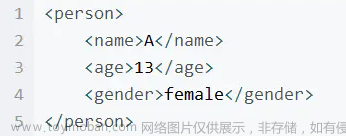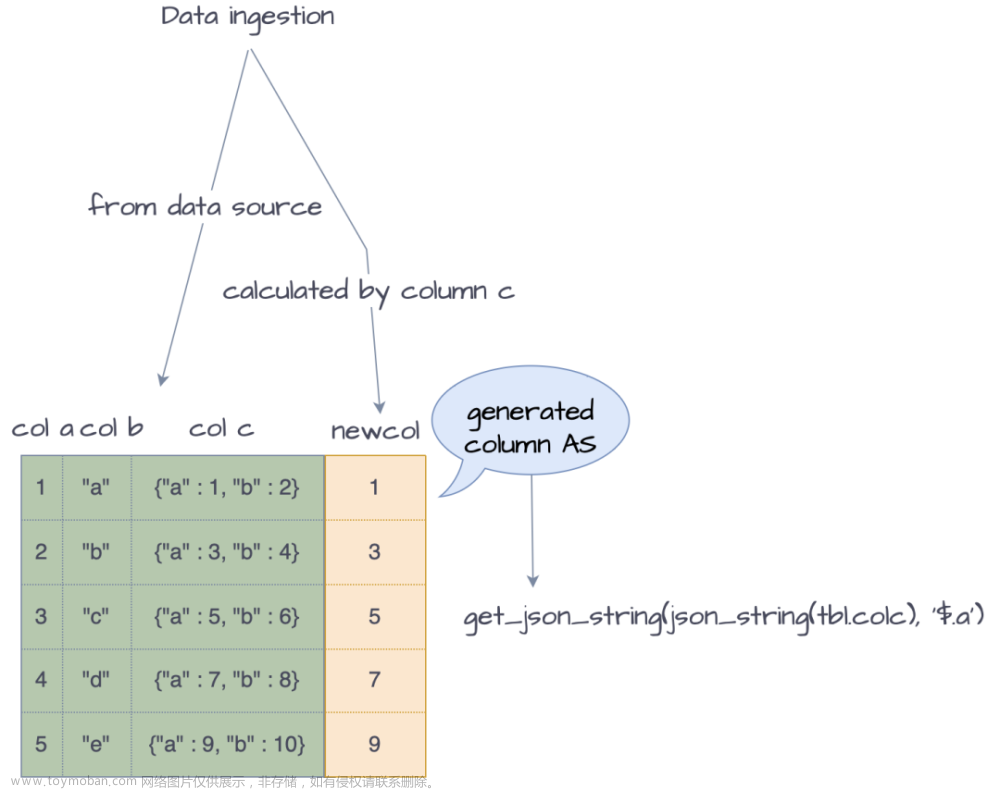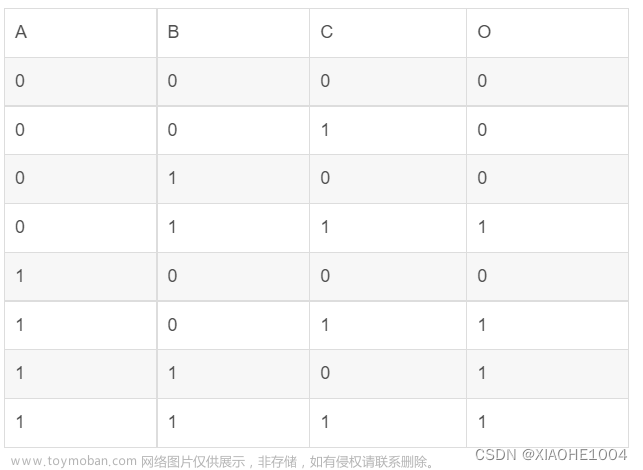许多现代数据系统都依赖于结构化数据,例如 Postgres DB 或 Snowflake 数据仓库。 LlamaIndex 提供了许多由 LLM 提供支持的高级功能,既可以从非结构化数据创建结构化数据,也可以通过增强的文本到 SQL 功能分析这些结构化数据。
本指南有助于逐步了解这些功能中的每一项。 具体来说,我们涵盖以下主题:
- 推断结构化数据点:将非结构化数据转换为结构化数据。
- Text-to-SQL(基础):如何使用自然语言查询一组表。
- 注入上下文:如何将每个表的上下文注入到 text-to-SQL 提示中。 上下文可以手动添加,也可以从非结构化文档中派生。
= 在索引中存储表上下文:默认情况下,我们直接将上下文插入到提示中。 如果上下文很大,有时这是不可行的。 在这里,我们展示了如何实际使用 LlamaIndex 数据结构来包含表上下文!
我们将浏览一个包含城市/人口/国家信息的示例数据库。

推荐:用 NSDT场景设计器 快速搭建3D场景。
1、设置
首先,我们使用 SQLAlchemy 来设置一个简单的 sqlite 数据库:
from sqlalchemy import create_engine, MetaData, Table, Column, String, Integer, select, column
engine = create_engine("sqlite:///:memory:")
metadata_obj = MetaData(bind=engine)
然后我们创建一个 city_stats 表:
# create city SQL table
table_name = "city_stats"
city_stats_table = Table(
table_name,
metadata_obj,
Column("city_name", String(16), primary_key=True),
Column("population", Integer),
Column("country", String(16), nullable=False),
)
metadata_obj.create_all()
现在是时候插入一些数据点了!
如果你希望通过从非结构化数据推断结构化数据点来研究填充此表,请查看以下部分。 否则,可以选择直接填充此表:
from sqlalchemy import insert
rows = [
{"city_name": "Toronto", "population": 2731571, "country": "Canada"},
{"city_name": "Tokyo", "population": 13929286, "country": "Japan"},
{"city_name": "Berlin", "population": 600000, "country": "United States"},
]
for row in rows:
stmt = insert(city_stats_table).values(**row)
with engine.connect() as connection:
cursor = connection.execute(stmt)
最后,我们可以用我们的 SQLDatabase 包装器包装 SQLAlchemy 引擎; 这允许在 LlamaIndex 中使用数据库:
from llama_index import SQLDatabase
sql_database = SQLDatabase(engine, include_tables=["city_stats"])
如果数据库中已经填充了数据,我们可以使用空白文档列表实例化 SQL 索引。 否则请参阅以下部分。
index = GPTSQLStructStoreIndex(
[],
sql_database=sql_database,
table_name="city_stats",
)
2、推断结构化数据点
LlamaIndex 提供将非结构化数据点转换为结构化数据的功能。 在本节中,我们将展示如何通过提取有关每个城市的维基百科文章来填充 city_stats 表。
首先,我们使用 LlamaHub 的维基百科阅读器加载一些有关相关数据的页面。
from llama_index import download_loader
WikipediaReader = download_loader("WikipediaReader")
wiki_docs = WikipediaReader().load_data(pages=['Toronto', 'Berlin', 'Tokyo'])
当我们建立SQL索引时,我们可以指定这些文档作为第一个输入; 这些文档将被转换为结构化数据点并插入到数据库中:
from llama_index import GPTSQLStructStoreIndex, SQLDatabase
sql_database = SQLDatabase(engine, include_tables=["city_stats"])
# NOTE: the table_name specified here is the table that you
# want to extract into from unstructured documents.
index = GPTSQLStructStoreIndex(
wiki_docs,
sql_database=sql_database,
table_name="city_stats",
)
你可以查看当前表以验证是否已插入数据点!
# view current table
stmt = select(
[column("city_name"), column("population"), column("country")]
).select_from(city_stats_table)
with engine.connect() as connection:
results = connection.execute(stmt).fetchall()
print(results)
3、文本到 SQL(基本)
LlamaIndex 提供“文本到 SQL”功能,既有最基本的水平,也有更高级的水平。 在本节中,我们将展示如何在基本级别上使用这些文本到 SQL 的功能。
此处显示了一个简单示例:
# set Logging to DEBUG for more detailed outputs
response = index.query("Which city has the highest population?", mode="default")
print(response)
你可以通过 response.extra_info[‘sql_query’] 访问底层派生的 SQL 查询。 它应该看起来像这样:
SELECT city_name, population
FROM city_stats
ORDER BY population DESC
LIMIT 1
4、注入上下文
默认情况下,text-to-SQL 提示只是将表架构信息注入到提示中。 但是,通常你可能还想添加自己的上下文。 本节向你展示如何添加上下文,可以手动添加,也可以通过文档提取。
我们为你提供上下文构建器类以更好地管理 SQL 表中的上下文:SQLContextContainerBuilder。 这个类接受 SQLDatabase 对象和一些其他可选参数,并构建一个 SQLContextContainer 对象,然后你可以在构造 + 查询时将其传递给索引。
可以手动将上下文添加到上下文构建器。 下面的代码片段展示了如何实现:
# manually set text
city_stats_text = (
"This table gives information regarding the population and country of a given city.\n"
"The user will query with codewords, where 'foo' corresponds to population and 'bar'"
"corresponds to city."
)
table_context_dict={"city_stats": city_stats_text}
context_builder = SQLContextContainerBuilder(sql_database, context_dict=table_context_dict)
context_container = context_builder.build_context_container()
# building the index
index = GPTSQLStructStoreIndex(
wiki_docs,
sql_database=sql_database,
table_name="city_stats",
sql_context_container=context_container
)
你还可以选择从一组非结构化文档中提取上下文。 为此,可以调用 SQLContextContainerBuilder.from_documents。 我们使用 TableContextPrompt 和 RefineTableContextPrompt(请参阅参考文档)。
# this is a dummy document that we will extract context from
# in GPTSQLContextContainerBuilder
city_stats_text = (
"This table gives information regarding the population and country of a given city.\n"
)
context_documents_dict = {"city_stats": [Document(city_stats_text)]}
context_builder = SQLContextContainerBuilder.from_documents(
context_documents_dict,
sql_database
)
context_container = context_builder.build_context_container()
# building the index
index = GPTSQLStructStoreIndex(
wiki_docs,
sql_database=sql_database,
table_name="city_stats",
sql_context_container=context_container,
)
5、在索引中存储表上下文
一个数据库集合可以有很多表,如果每个表有很多列+与之相关的描述,那么整个上下文可能会非常大。
幸运的是,可以选择使用 LlamaIndex 数据结构来存储此表上下文! 然后,当查询 SQL 索引时,我们可以使用这个“边”索引来检索可以输入到文本到 SQL 提示中的正确上下文。
这里我们使用 SQLContextContainerBuilder 中的 derive_index_from_context 函数来创建一个新索引。 你可以灵活地选择要指定的索引类+要传入的参数。然后我们使用一个名为 query_index_for_context 的辅助方法,它是 index.query 调用的简单包装器,它包装了一个查询模板+将上下文存储在生成的上下文容器中 .
然后你可以构建上下文容器,并在查询期间将其传递给索引!文章来源:https://www.toymoban.com/news/detail-420620.html
from gpt_index import GPTSQLStructStoreIndex, SQLDatabase, GPTSimpleVectorIndex
from gpt_index.indices.struct_store import SQLContextContainerBuilder
sql_database = SQLDatabase(engine)
# build a vector index from the table schema information
context_builder = SQLContextContainerBuilder(sql_database)
table_schema_index = context_builder.derive_index_from_context(
GPTSimpleVectorIndex,
store_index=True
)
query_str = "Which city has the highest population?"
# query the table schema index using the helper method
# to retrieve table context
SQLContextContainerBuilder.query_index_for_context(
table_schema_index,
query_str,
store_context_str=True
)
context_container = context_builder.build_context_container()
# query the SQL index with the table context
response = index.query(query_str, sql_context_container=context_container)
print(response)
原文链接:ChatGPT+SQL — BimANt文章来源地址https://www.toymoban.com/news/detail-420620.html
到了这里,关于用ChatGPT解读非结构化数据【ChatGPT + SQL】的文章就介绍完了。如果您还想了解更多内容,请在右上角搜索TOY模板网以前的文章或继续浏览下面的相关文章,希望大家以后多多支持TOY模板网!








